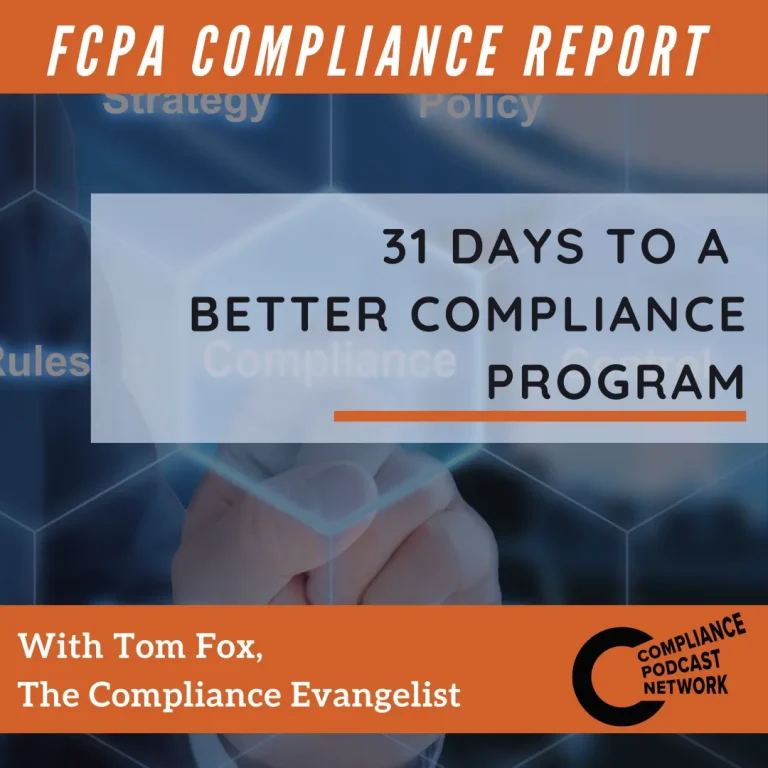What is the value of having a Code of Conduct? In its early days, a Code of Conduct tended to be lawyer-written and lawyer-driven to wave in the regulator’s face during an enforcement action as proof of overall ethical behavior. Is such a legalistic code effective? Is a Code of Conduct more than simply your company’s internal law? What should be the goal in creating your company’s Code of Conduct?
Indeed violation of your Code of Conduct can form the basis of a domestic FCPA enforcement action. In an enforcement action involving United Airlines, Inc., a breach of the Code of Conduct by the Company CEO was determined to be an FCPA internal controls violation. It involved a clear quid pro quo benefit paid out by United to David Samson, the former Chairman of the Board of Directors of the Port Authority of New York and New Jersey. This public government entity has authority over, among other things, United’s operations at the company’s huge east coast hub in Newark, NJ.
Your Code of Conduct should be tailored to your company’s culture, industry, and corporate identity. It should provide a mechanism by which employees trying to do the right thing in the compliance and business ethics arena can do so. The Code of Conduct can be used for employee review and evaluation. It should certainly be invoked if there is a violation. Your company’s disciplinary procedures must be stated in the Code. These would include all forms of disciplines, up to and including dismissal, for serious violations of the Code. Further, your company’s Code should emphasize it will comply with all applicable laws and regulations wherever it does business. The code must be written in plain English and translated into other languages so all applicable persons can understand it.
Three key takeaways:
1 A Code of Conduct is a foundational document in any compliance regime.
2 The substance of your Code of Conduct should be tailored to the company’s culture, industry, and corporate identity.
3 “Document, Document, and Document” your training and communication efforts regarding your Code of Conduct.
For more information, check out The Compliance Handbook, 4th edition, here.






